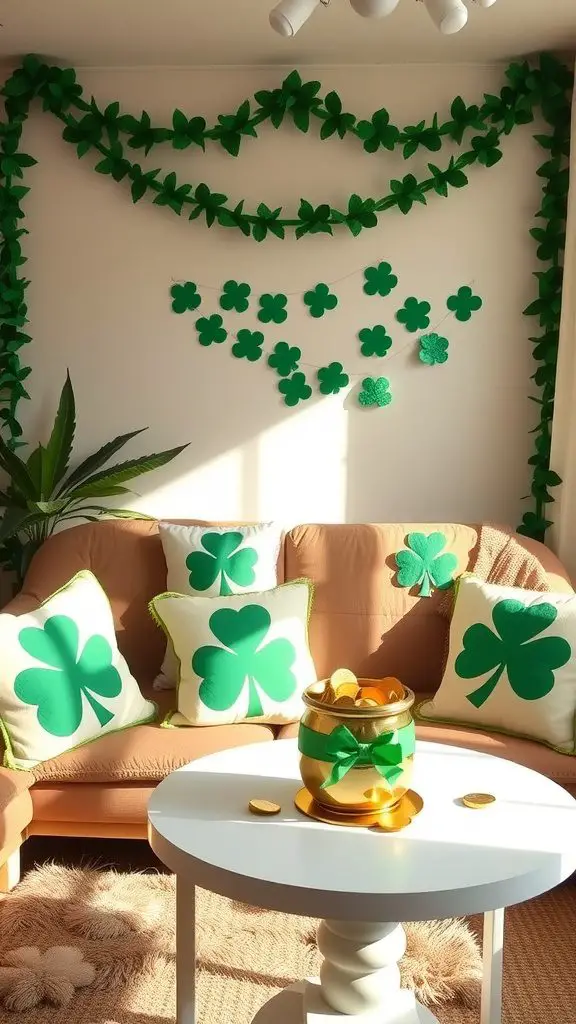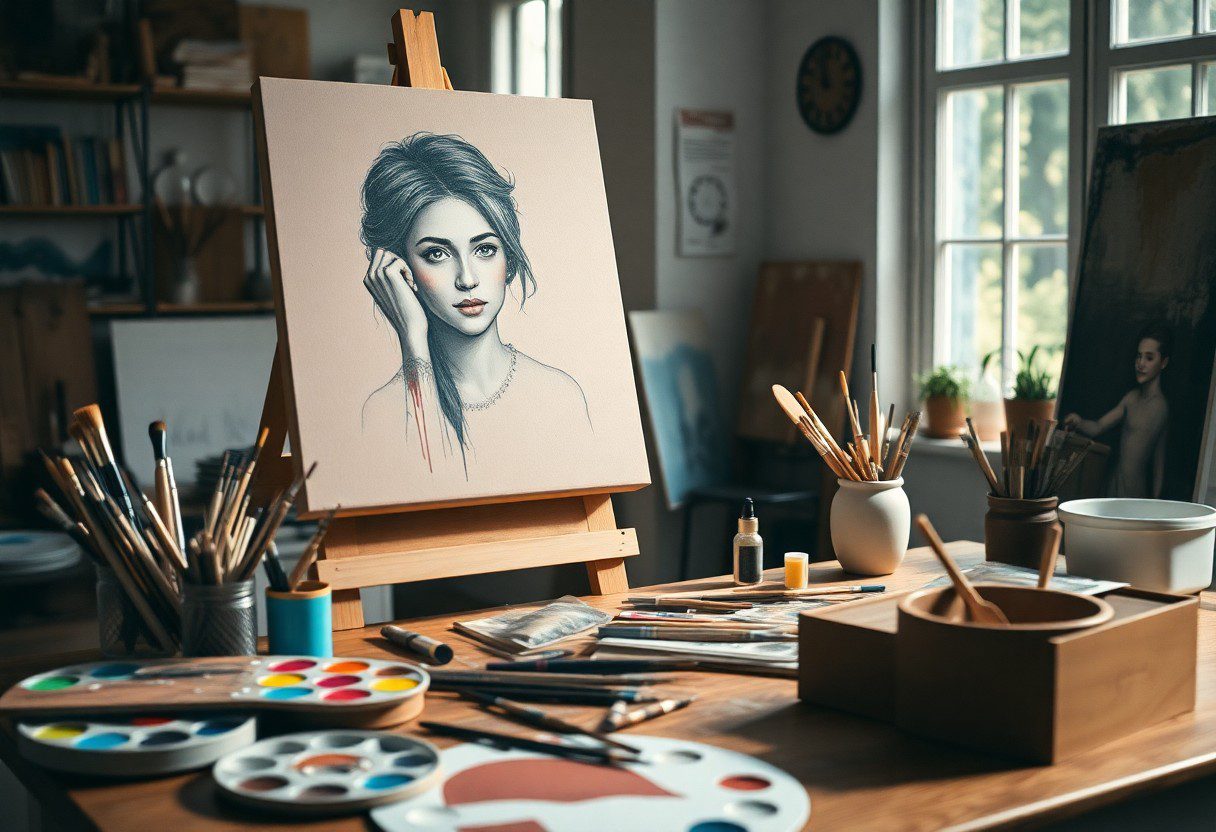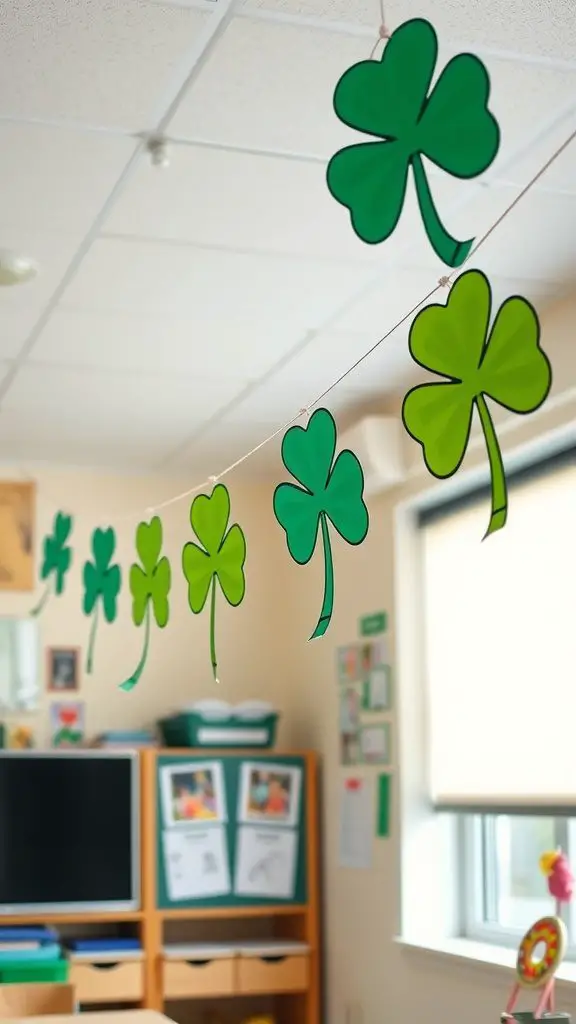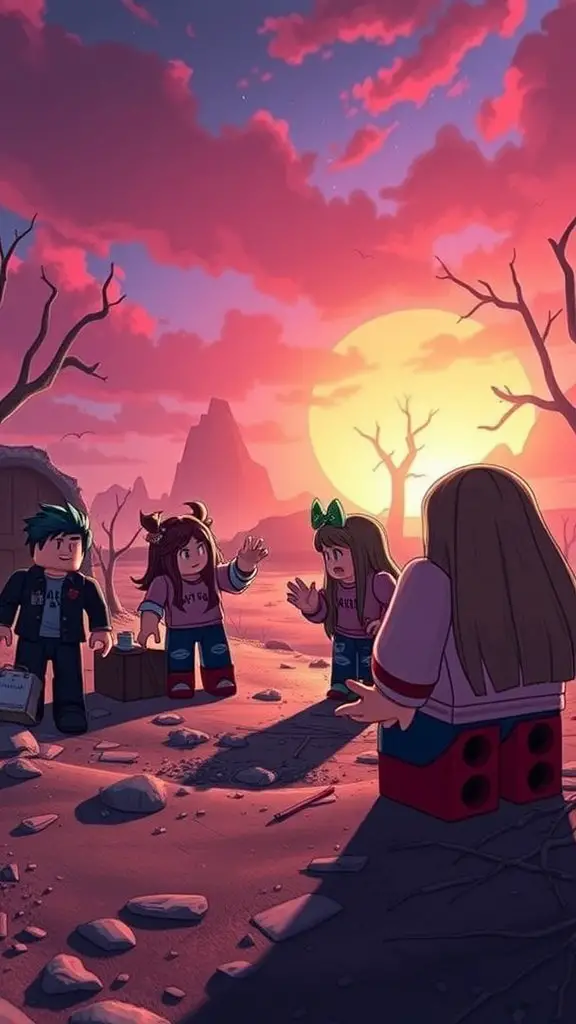Painting portraits is not just about capturing a likeness; it’s about expressing the unique essence of your subject through your own creative lens. By cultivating your creative process, you can explore various techniques and styles that resonate with your vision, allowing for more authentic and unique outcomes. This post will guide you through imperative steps and considerations to enhance your artistic journey, fostering an environment where your creativity can flourish and yield truly one-of-a-kind portrait paintings.
Understanding Your Creative Mind
While cultivating your unique portrait painting style, it’s necessary to explore the workings of your creative mind. Understanding how you think and process information can provide insights that enhance your artistic expression. Engaging with your thoughts and emotions will allow you to tap into the depths of your creativity, enabling you to create portraits that resonate on a personal level.
The Psychology of Creativity
On your creative journey, it’s important to comprehend the psychological aspects that fuel your imagination. Creativity is not merely a talent; it involves various cognitive processes, emotions, and motivations. By recognizing these elements, you can harness your inner resources and generate innovative ideas, allowing your unique perspective to flourish in your portrait paintings.
Identifying Personal Influences
Psychology plays a significant role in shaping your artistic inclinations. Identifying personal influences helps you understand which experiences and inspirations resonate with you the most. It can involve your environment, cultural background, or even personal relationships that have ignited your passion for art.
For instance, you may find that certain memories or people in your life evoke particular emotions, which can then be translated into your portraiture. Whether it’s a beloved family member, a cherished childhood experience, or an unforgettable journey, these influences can shape your artistic vision. Acknowledging them will allow you to incorporate elements that speak to your heart, resulting in unique and compelling portraits. By tapping into these personal connections, you can create art that not only reflects your skills but also tells a deeper story.
Developing Your Artistic Style
Any artist knows that developing a unique artistic style takes time and dedication. As you explore different techniques, themes, and mediums, it’s vital to reflect on what truly resonates with you. Embrace your individuality, and allow your personal experiences and influences to shape your artistic vision. The journey to discovering your style is an ongoing process that can evolve as you grow, so remain open to change and the unexpected. This evolution will ultimately set your work apart, making it distinctively yours.
Experimentation Techniques
Any creative journey thrives on experimentation. Challenge yourself to step outside your comfort zone by trying new materials, tools, and methods. Whether it’s mixing unconventional colors, employing various brush techniques, or exploring alternative mediums, each experimentation can unlock new avenues for artistic expression. Keep a journal or sketchbook to document your findings, as these notes can serve as a valuable reference when developing your signature style.
Finding Your Unique Voice
Between the vast array of influences and inspirations, finding your unique artistic voice is vital to creating memorable portrait paintings. Your voice will emerge from the blend of your personal experiences, emotional responses, and the thematic elements that you are passionate about. The interplay of these factors shapes how you interpret the human experience and conveys your distinct perspective through art.
For instance, consider how your life experiences impact the subjects you choose to paint and the emotions you wish to evoke. You might draw inspiration from your background, relationships, or even cultural elements that resonate with you. Over time, as you consistently reflect on these influences, your unique voice will become clearer, guiding your artistic decisions and imbuing your portraits with authenticity and depth.
Inspiration Sources for Portraits
The journey of portrait painting begins with finding inspiration that resonates with your artistic vision. Your sources can be diverse, encompassing various themes and concepts that evoke emotions or provoke thought. By exploring different aspects of life, you can enrich your creative process and breathe new life into your portraits.
Nature and Environment
Across landscapes, environments, and natural scenes, you can discover a wealth of inspiration for your portraits. The colors, textures, and inherent beauty of nature can help influence your choice of palette and the mood of your work. Observing how light interacts with different elements in the natural world can also inform your approach to capturing personality and emotion in your subjects.
Cultural and Historical Contexts
Along the path of creativity, exploring cultural and historical contexts can deepen your understanding of portraiture. Different cultures represent their subjects uniquely, and studying these styles can inspire you to incorporate elements that reflect your heritage or interests.
Another way to draw inspiration from cultural and historical contexts is to research notable portraits from various time periods and geographical regions. Understanding the societal influences behind these artworks can lead to fresh concepts and help you convey narratives within your pieces. Engaging with the stories behind the portraits can reveal the nuances of identity and allow you to create more meaningful representations in your work.
The Role of Composition in Portrait Painting
To create compelling portrait paintings, understanding composition is imperative. Composition serves as the backbone of your artwork, guiding the viewer’s eye and elevating the emotional resonance of your subject. Through thoughtful arrangement of elements, you can convey complex narratives and strengthen the connection between the viewer and the subject. Mastering composition will enable you to make powerful artistic choices that effectively highlight your unique style.
Elements of Composition
Before stepping into your portrait, consider the various elements that contribute to effective composition. This includes the arrangement of shapes, lines, and colors within your canvas. Look at the balance between positive and negative space, the use of light and shadow, and how these elements interact to create depth and interest. Recognizing these components will allow you to craft portraits that captivate the audience while conveying the essence of your subject.
Balancing Subject and Background
An imperative aspect of composition in portrait painting is balancing your subject with the background. A well-considered background enhances the subject without overwhelming it, allowing the viewer to focus on the essence of the portrait. It’s important to select background elements that harmonize with the subject’s tones, textures, and overall theme, drawing attention without distracting from the main focus. You can achieve this by adjusting contrasts, using complementary colors, and carefully selecting shapes that support rather than compete with the subject.
Portrait backgrounds can vary widely, from minimalist to richly detailed, but the key is ensuring they serve the narrative you’re trying to express. Adding depth through blurring or focusing certain areas can also help your subject stand out. By paying close attention to how your subject interacts with the background, you’re not just painting a face; you’re creating a story that resonates with viewers on multiple levels.
Techniques for Unique Portrait Painting
Now, exploring various techniques can elevate your portrait paintings and allow you to express your unique artistic voice. Delving into unconventional methods and materials can bring fresh perspectives and depth to your work, distinguishing you from others. Embrace experimentation, as it can lead to unexpected discoveries and inspire your creative process.
Color Theory Applications
About the use of color, understanding color theory is imperative for creating dynamic and engaging portraits. By learning how to mix colors effectively and utilizing warm and cool tones, you can evoke emotional responses and set the mood for your artwork. This knowledge allows you to capture the essence of your subject and convey their personality through color choices.
Brushwork and Texture Variations
Above all, the way you apply your paint can significantly impact the overall feel of your portrait. Using a variety of brush techniques can create interesting textures that add depth and visual interest. Experiment with different brush strokes, from broad and sweeping to fine and detailed, to develop your own unique signature style.
In fact, varying your brushwork can transform a flat surface into a lively composition. You might consider techniques like stippling, glazing, or scumbling to enhance the texture of your portraits. Each method provides its unique characteristics, allowing you to explore the interplay between light and shadow, and adding richness to your work. Combining different brush styles not only enhances the visual impact but also reflects your personal interpretation of the subject.
Building a Creative Routine
Not having a consistent creative routine can hinder your artistic development. Establishing a regular schedule helps you dedicate time to your portrait paintings, making it easier to explore new ideas and techniques. By prioritizing your creative time, you create a productive environment that fosters growth and inspiration, allowing you to deepen your skills.
Setting Goals and Milestones
With clear goals and milestones, you can track your progress and maintain motivation on your creative journey. Break down your larger objectives into smaller, achievable steps to ensure you stay on course. This structured approach allows you to celebrate your achievements, encouraging you to continue pushing your artistic boundaries.
Overcoming Creative Blocks
At times, you may encounter creative blocks that impede your artistic flow. Recognizing these moments is the first step in overcoming them, as they are a common experience for artists.
Considering the unpredictability of your creative process, it’s important to develop strategies to navigate these blocks. Engaging in different artistic activities, seeking inspiration from various sources, or even taking a break can reignite your creativity. Reflecting on your emotions and experiences related to your artwork is equally vital; often, reconnecting with your artistic purpose can unleash new ideas and reinvigorate your passion for painting.
Final Words
Ultimately, cultivating your creative process for unique portrait paintings involves embracing experimentation and honing your individual style. By exploring diverse techniques and drawing inspiration from various sources, you can enhance your artistic expression and deepen your connection to your subjects. Allow your intuition to guide you while remaining open to growth and discovery in each artwork you create. Your portraiture will not only reflect the essence of your subjects but also your personal journey as an artist.
FAQ
Q: How do I find inspiration for my portrait paintings?
A: Finding inspiration for portrait paintings can come from various sources. Start by observing people around you, whether they are friends, family, or strangers. Pay attention to their emotions, expressions, and personalities. Additionally, explore art exhibitions, photography, and literature that portray human experiences. Nature and everyday scenes can also spark ideas. Keep a journal to jot down your thoughts and feelings about potential subjects, allowing your creative instincts to guide you.
Q: What techniques can I use to develop my unique style in portrait painting?
A: Developing a unique style takes time and experimentation. Begin by studying different artists and their techniques, selecting those elements that resonate with you. Practice incorporating various mediums, such as oils, acrylics, or pastels, and experiment with brush strokes, color palettes, and layering. Allow your personality to shine through by adding personal motifs or themes that reflect your perspective. Consistency in your work will help define your style, so create often and reflect on your progress.
Q: How can I overcome creative blocks while painting portraits?
A: Creative blocks are a common experience among artists. To overcome them, take breaks to refresh your mind, and engage in different creative activities unrelated to painting, such as photography or writing. Setting small, achievable goals can also alleviate pressure and spark new ideas. Additionally, try altering your routine, such as painting in a different location or at various times of the day, to encourage a fresh perspective. Surrounding yourself with supportive fellow artists can provide motivation and inspiration as well.
Q: What should I consider when choosing a reference photo for my portrait work?
A: When selecting a reference photo for your portrait paintings, consider lighting, composition, and the subject’s expression. Good lighting will highlight the subject’s features and create depth in your painting. Choose images that evoke emotion or tell a story, as this will enrich your artwork. Pay attention to angles and backgrounds, opting for compositions that are dynamic and visually appealing. Ultimately, select a reference that resonates with you personally, as this connection will enhance your creative process.
Q: How can I effectively use color to convey emotion in my portrait paintings?
A: Color plays a significant role in conveying emotion in portrait paintings. Start by understanding the psychological effects of various colors—warm tones can evoke feelings of warmth and passion, while cool tones might create tranquility or sadness. Use contrasting colors to highlight certain areas and draw attention to emotions you want to emphasize. Experiment with color mixing and layering to create depth and complexity. Trust your intuition; the emotional response you feel while painting will guide your color choices.




